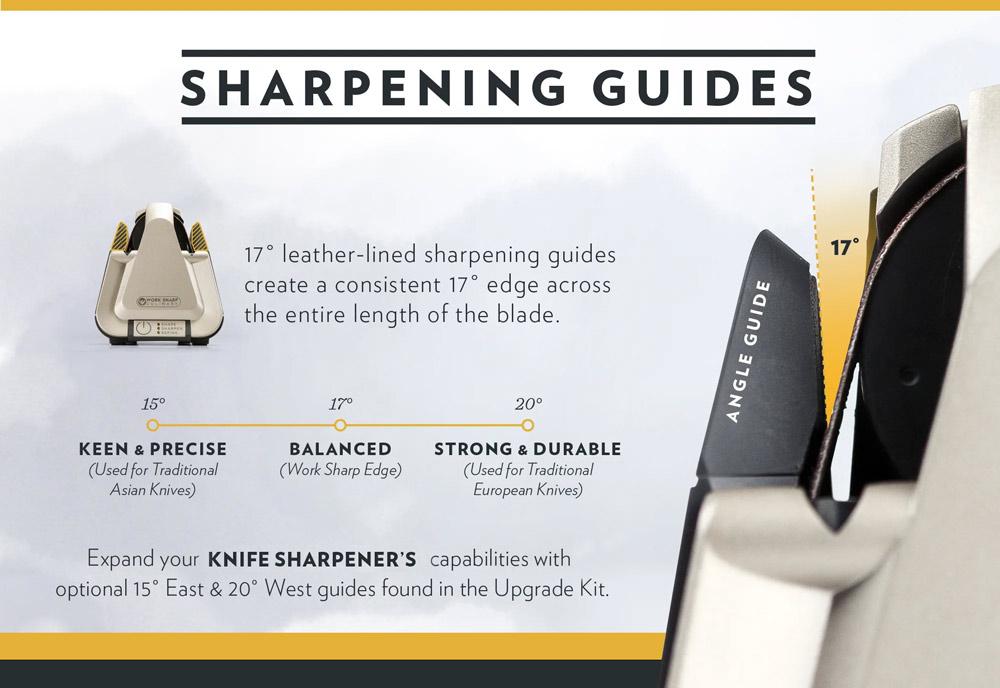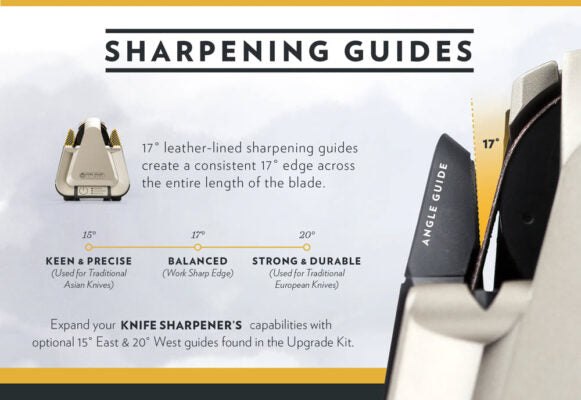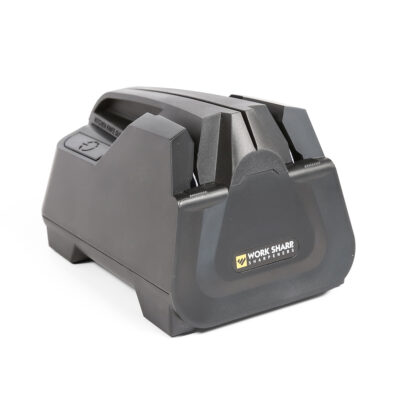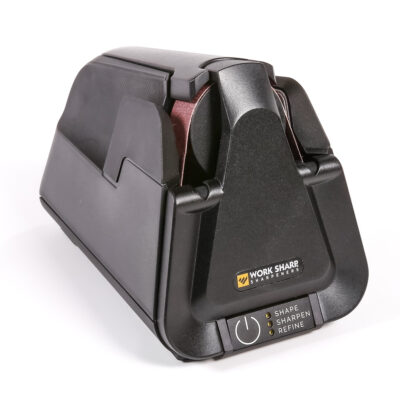Your cart is currently empty!

Understanding Kitchen Knife Angles
A concept that regularly comes up in knives and sharpening is “angle”. The angle is an important part of describing the construction of a knife’s edge and can give insight into what the intended use of the knife is, but it’s far from the end-all, be-all manufacturer marketing might have you believe.
What is an angle?
The angle of a knife’s edge is the number of degrees the bevel veers from the center of the blade. Most knife edges feature two bevels, meaning each side of the edge has a bevel, although some knives have a single bevel. Dual-beveled edges are stronger and more durable, while single-beveled edges are useful for ultra-fine slicing.
Despite the fact that the vast majority of knives are dual-bevel, knife manufacturers list their edge angles based on the number of degrees of a single bevel. As such, a Shun with a standard dual bevel listed as 15 degrees is actually two 15 degree angles, or 30 degrees total.
Why do knives have different angles?
Western-style knives (chef’s, boning, and carving) tend to have larger angles (17-25 degrees) for general durability. This angle is fine enough to create clean cuts in meats and vegetables but strong enough to maintain chopping performance for many cuts. European knives tend to use softer steels, which benefit from taking abuse without chipping.
Eastern-style knives (santuko, sushi) tend to have smaller angles (12-17 degrees) for more precise slicing. These low angles result in the least amount of material displacement when slicing but have significantly less material supporting the edge, meaning they are more prone to chipping and breaking. Eastern knives tend to use much harder steels than Western knives to compensate for their thin edges.

What is the “best” angle?
There isn’t a best angle, only angles that better lend themselves to specific applications. Fine slicing of delicate foods is easier with a low angle, while chopping through raw squash is best done with a larger angle. Said differently, the lower the edge angle, the less durable the edge will be. The harder the steel that comprises the edge, the slower it will wear but the more likely it is to chip.
Work Sharp Culinary tested thousands of kitchen knives to find the ideal edge for performance over durability and found 17 degrees to be our ideal edge across most knife and steel types, and 17 degrees is the go-to angle for all of our sharpeners (the E5 has an optional angle kit with 15 and 20 degree angle guides as well).
What angle is my knife?
Most knife manufacturers list the factory angle of their knives (again, typically using a single bevel for measurement) on their websites. The angles are targets the manufacturer is shooting for, and human error means few knives are exactly at that angle.
Does angle matter in sharpening?
Yes and no. A knife sold with a 20 degree angle can be sharpened to 15 degrees, and vice versa. Knowing the angle you want to sharpen to is most important, and knowing what the angle currently is helpful in knowing how far off you are. If you love the way your knife cuts, you likely aren’t looking to change the angle, which takes more time and material to accomplish than simply sharpening.









7 responses to “Understanding Kitchen Knife Angles”
I have the PRECISION ADJUST KNIFE SHARPENER – ELITE and love it. My question is how important is the blade material? I have a cheap stainless steel knife that I cant get a really sharp edge on it. And what I do get doesn’t last very long.
Is there a standard angle list by manufacturer and maybe model. That would be the most helpful resource for just about anyone. I use the Work Sharp Precision adjust.
good info